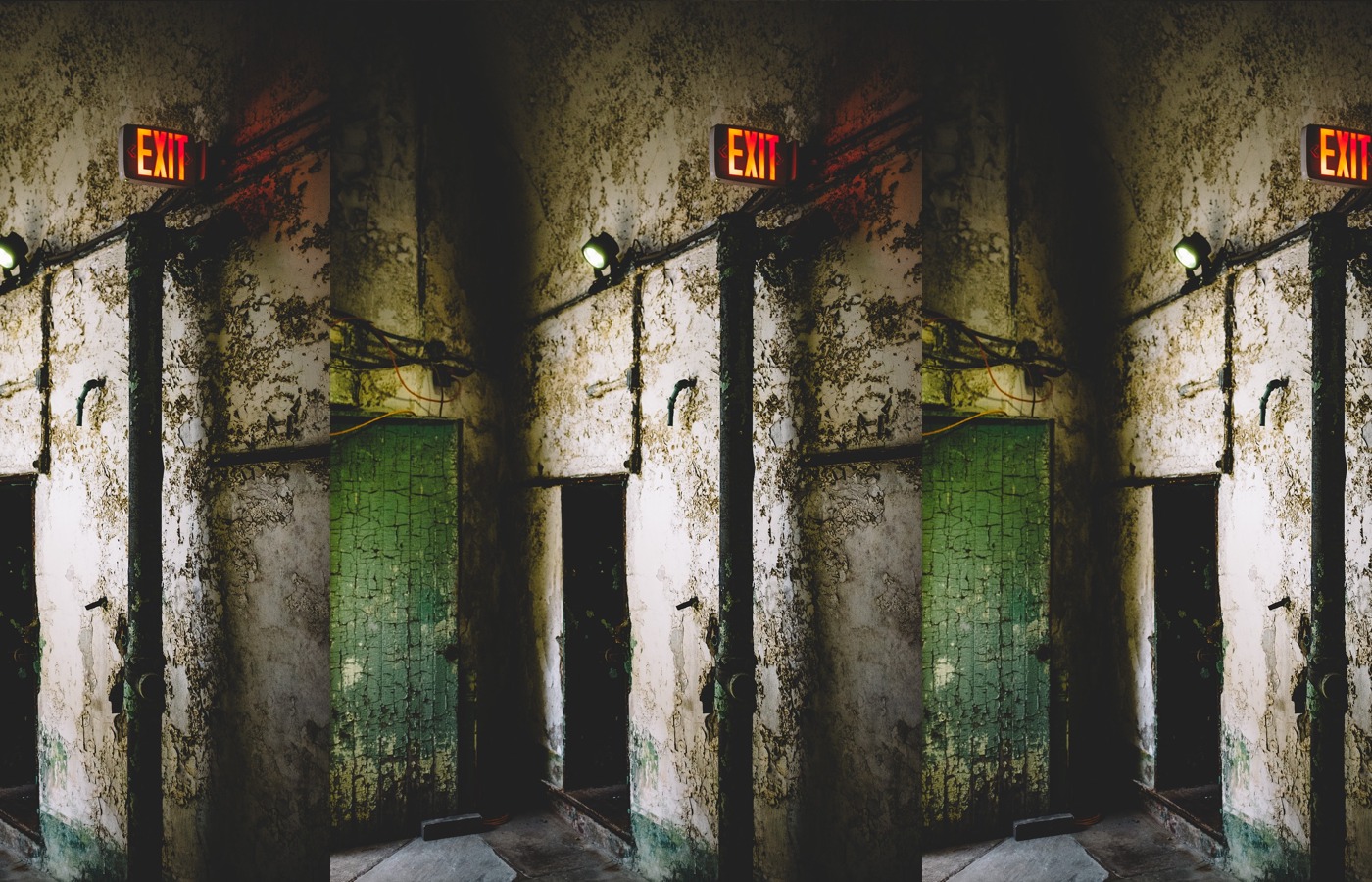Get Real with Carla Stockton
—

Before I turned my attention to writing, I explored other arts, especially the theater, where I spent a good deal of my youth and my happiest times as a high school teacher. While I am delighted now to engage in the solitary pursuit of the written word, to sequester myself, lock myself away from distractions, a willing prisoner of my own thoughts, I do miss my theater work. There I was always surrounded by people working collaboratively, solving problems, building worlds as part of a community. In theater, I got to be a kid, and the real world remained outside while I got to be in one of my own devising. Even as a director and producer, where I had to make adult decisions, theater provided me with an extension of my childhood. So one of my favorite aspects of writing this column is being able to venture back into theatrical realms, to get to know people who, in a different time and place, could be my playmates.
Last month I wrote about Bruce Cannon, Artistic Director of the Swedish Cottage Marionette Theatre, and while I was visiting him at the Cottage, I got to talk to other members of his company, including one person I had actually met before. . . . But I didn’t realize that right away.
Puppetry is a fountain of youth. Playing with “dolls” requires active critical thinking, role playing, cavorting like youngsters. I learned that first hand in 1991, when, preparing to direct a production of Into the Woods for the New Haven, CT, area school where I taught, I went looking for a way to make our cow Milky White more than just another plastic model. At a colleague’s suggestion, I traveled to Storrs to the University of Connecticut (UCONN), to meet with Bart Raccoberton, who was the Chair of the Puppetry Department there. Bart’s students built me a cow and taught my students how to animate her; I became a puppetry devotee.
It was at UCONN that I met Doug Strich, Marionette Builder, writer, and master of puppetry arts at the Swedish Cottage Marionette Theatre, though he does not remember meeting me, and I only realized it myself when, after my meeting with Bruce, he broke into a huge smile and proclaimed, “I spend my day playing. I live in a world where puppets rule. It’s heaven.” I had heard that phrase before.
In 2003, I was again directing Into the Woods in Connecticut, and again I needed a cow. Only this time, I co-directed with designer/director Dan Fine, my long time collaborator, and we had decided to use puppets for a few of the characters to augment our use of multi-media. We traveled to UCONN to find our puppeteer, and we met Doug and a number of other puppeteers. Doug was too busy to work with us (we hired a classmate of his), but we did get to see him work as part of the company in Hua Hua Zhang’s remarkable Reflections. At the post-show talk-back, when an audience member asked what was best about being a puppeteer, he replied, “I live in a world where puppets rule.” Hearing him say it again, watching the joy on his face as he told me about his work, Doug reminded me just how much I miss being around people like this guy, people who make playing their life’s work.
Like many of those who wind up in theater of any kind, Strich was a creative kid. He built things, painted pictures, sculpted statues, and he knew that he was different, but because he had so many outlets, being different was never a stigma. In middle school, he took a series of summer theater workshops, and he discovered that here was a place he could put all his skills, all his interests into a single but multi-faceted product; those experiences enhanced his interest and inspired him to pursue theater in high school. His high school art teacher encouraged him to explore all kinds of art, but Doug knew already that it was in the theater he wanted to be.
“I wasn’t solitary. I loved making things, being creative, but I wasn’t one to want to be locked away in a room. I like the busy, buzzing atmosphere of the theater. I love everything about working there. But I hadn’t found my niche.”
Doug was still in high school he was working as a deli delivery guy I New Jersey, when, in the middle of a production of Hansel and Gretel, Puppet Master and Director James Raccioppi invited him to come play with the big kids at the Paper Moon Puppet Theater. “I thought, ‘I could get paid to do this? I can be make a profession among these toys?’” Strich shakes his head as though he is still incredulous.
During the time he was with Jimmy Racioppi, Doug got to work with some very old marionettes – including a forty+-year-old Rumplestilskin – borrowed from Brooklyn Puppetworks Director Nick Coppola’s repertory, and that is when he fell in love with the work.
“Puppetry chose me,” Doug effuses. “I knew I wanted to be an artist in this medium backstage, onstage, totally immersed in this world.”

Strich’s family moved then to South Dakota then, and he enrolled in the University of South Dakota as an art major. The art department was small, and artists were encouraged to explore other art forms. Doug naturally gravitated to the theater department, where he pitched the idea of doing A Midsummer Night’s Dream with marionettes to the department head, and next thing he knew, he was building the puppets for a very successful production, which, besides garnering untold accolades, took Doug to UCONN to study with Bart Raccoberton.

Since then, Doug has been a key contributor to the greatly successful productions you can see at the Swedish Cottage. He built and directed Bessie’s Big Shot, about a cow, who wants more than anything to fly over the moon. He also wrote and produced Little Miss Muffet’s Monster-Sitting Service, and has developed a number of other shows for the Cottage as well as for the Puppet Mobile that takes the puppets to venues all around the various boroughs of New York City.

Doug is committed to the mission of the Swedish Cottage, which is increase the inclusiveness of the shows they produce and to expand the program’ presence in and around greater New York. His Puss in Boots, starring a tuxedo-clad version of his long-time pet and bears no resemblance to Antonio Banderas, has been traveling the city on the puppet mobile and will come home to the Swedish Cottage in spring of 2016.
Doug’s only one of a core group of dedicated, talented, generous company members. I spent some time talking to Kervin Peralta and G.V. Maldanado, who act, sing, manipulate the puppets, conduct the workshops, build the sets, manage and clean the sets, etc., and whose cooperation makes it possible for everyone at the Swedish Cottage to pursue whatever the dreams are that impel them.
At the moment, Doug is planning to explore his inner actor. I remarked that I am forever impressed at how movingly genuine the puppets’ feelings can be, and Doug said that acting with a marionette requires a special kind of skill. Every gesture, every vocal intonation, ever move of the character at the end of its 14-foot strings counts. An actor gets to stretch in ways he can’t in a live part.
“I love performing,” Strich says thoughtfully. “I only discovered recently how much. It lets my mind unfold and takes me into the puppet’s world, allows me to make something beautiful.”
In fact, Doug Strich is one of the luckiest people alive. “I do what I love to do in a place I love to be,” he observes. If that’s not luck, what is?
—
 Carla Stockton, MFA candidate in Creative Nonfiction and Literary Translation. She is the mother of three, grandmother of two, writer, theater director, filmmaker, teacher and vegan traveler.
Carla Stockton, MFA candidate in Creative Nonfiction and Literary Translation. She is the mother of three, grandmother of two, writer, theater director, filmmaker, teacher and vegan traveler.




